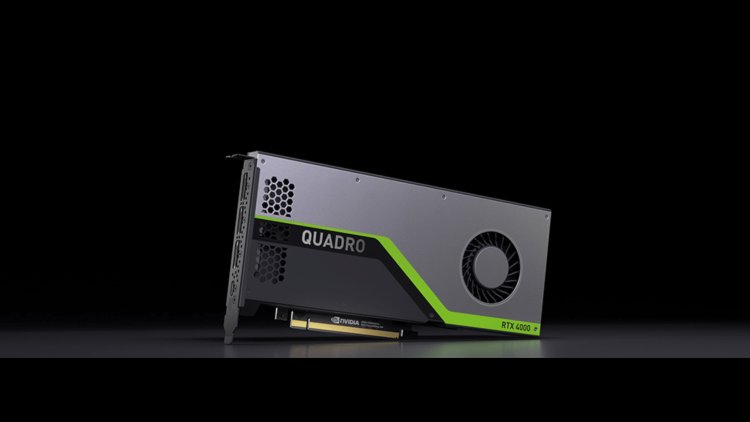Geforce RTX 4000: (Ada Lovelace)

The rumor mill has once again filtered through the massive quantity of information that has been published on the Geforce RTX 4000 (Ada Lovelace) in recent days.
The rumor mill has now combed through all of the rumors about "Ada Lovelace" in recent days. Parts of it are from the Nvidia breach, while others are from some well-informed Twitter users. This paints a vivid picture of how the next generation will be positioned. Some of the material had already been disclosed and was finally only confirmed. However, nothing is official as of yet, and as the Geforce RTX 3090 Ti demonstrates, not everything that gets tormented by the rumor mill has to hit the market in a timely manner.
If Nvidia takes its time on the card, it should be uninteresting by the time the Geforce RTX 4000 is anticipated to be released in the fourth quarter of 2022.
But first, let's look at the intriguing technical facts of the Ada Lovelace chips, which are primarily aimed at the gaming market. There are five different models. The list does not include a full expansion in the form of an AD100, as this is handled by Hopper. The AD107 comes to a halt at the bottom; if anything else follows is unknown at this time.
Sorted it looks like this:
chip SM GPC TPC shaders cache memory bus Storage AD102 144 12 72 18,432 96MiB 384 bits 24 GiB AD103 84 7 48 10,752 64MiB 256 bits 16 GiB AD104 60 5 30 7,680 48MiB 192 bits 12 GiB AD106 36 3 18 4,608 32MiB 128 bits 8 GiB AD107 24 3 12 3,072 32MiB 128 bits 8 GiB
Naturally, only the chips that Nvidia wants to supply are indicated here. The technique for configuring these and assigning cards is well-known, but the details can vary again, just as the chip data has changed over time. The gap between AD103 and AD102 was not quite as large in the beginning as it is now, and the gap between AD103 and AD104 is shrinking considerably in the middle. Evidently, a distinction is also formed here via memory.
The AD102 is also substantially larger than its Ampere predecessor, lending credence to speculations that the Geforce RTX 4000 can outperform Ampere's grid performance by 2x to 2.5x. The improved performance will be shared by the larger caches as well. The fact that the data is altering can be attributed to a variety of factors throughout the planning process. On the one hand, individuals will be looking at the potential yield in production; on the other hand, they will want to put together an economically appealing portfolio; and, last, the chips must do honor to the performance that they anticipate will be required in the following cycle.
According to the data, the AD103 moves to the top of the current Ampere generation in terms of features and then adds a little more speed via architecture and greater memory. The caches are substantially larger, and some games will benefit from the increased main memory if it was previously scarce. Upwards, the performance improves greatly by 71 percent more shaders, which aren't cheap to purchase either. Perhaps the Titan will return. In any case, the chip is believed to measure 600 square millimeters in size.





























